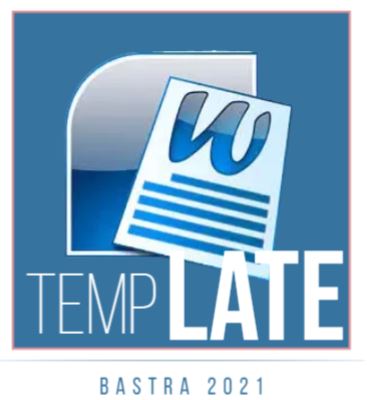POLA INTERFERENSI MORFOLOGIS BAHASA INGGRIS (B1) TERHADAP BAHASA INDONESIA (B2) PADA RAGAM BAHASA TULIS MAHASISWA ASING TINGKAT PROGRAM CLS-UM
Keywords:
interference, affixes, prefixes, suffixes, konfiksAbstract
This study was aimed to describe the interference pattern of morphological English (B1) into Indonesian (B2) on a variety of written language of foreign students at the advanced level CLS-UM program. The particular purpose was to describe the morphological interference of the affixation (prefixes, suffixes, and konfiks) on a variety of written English language (B1) into Indonesian (B2). Interference on the morphological affixation, divided into three, namely the prefixes, suffixes, and konfiks. In the prefix, interference patterns are 1) the application of inflectional affix morpheme {ed} English into Indonesian; 2) the passive form of some sentence structures; 3) the confusion between the prefix {most} to {ber-}; 4) the implementation of past tense V2; and 5) the pattern of implementation have been + -ing. The design of this study was qualitative descriptive. Researcher tried to describe or depict through words systematically and accurately about the events that occurred during the study. The data type in this study consisted of primary and secondary data. Interference analysis results showed the level of mastery of Indonesian foreign student, both in terms of the structure of language and the vocabulary, still needs to be improved further. This occured because of the influence of the control structure B1, B2 so that the control was neglected. Both of grammar, vocabulary, or vocabulary used tend to B1. Language error refers to the deviation rule (structure or grammar) of standard language.
Downloads
Published
How to Cite
Issue
Section
License
Authors who publish with PENTAS agree to the following terms:
Authors retain copyright and grant the Engagement right of first publication with the work simultaneously licensed under a Creative Commons Attribution License (CC BY-SA 4.0) that allows others to share (copy and redistribute the material in any medium or format) and adapt (remix, transform, and build upon the material) the work for any purpose, even commercially with an acknowledgement of the work's authorship and initial publication in BASTRA.
Authors are able to enter into separate, additional contractual arrangements for the non-exclusive distribution of the journal's published version of the work (e.g., post it to an institutional repository or publish it in a book), with an acknowledgement of its initial publication in BASTRA.
Authors are permitted and encouraged to post their work online (e.g., in institutional repositories or on their website) prior to and during the submission process, as it can lead to productive exchanges, as well as earlier and greater citation of published work (See The Effect of Open Access).

This work is licensed under a Creative Commons Attribution-ShareAlike 4.0 International License.








